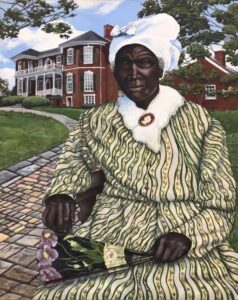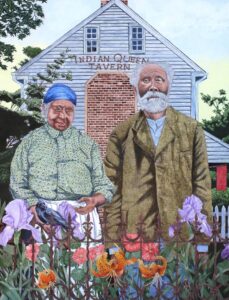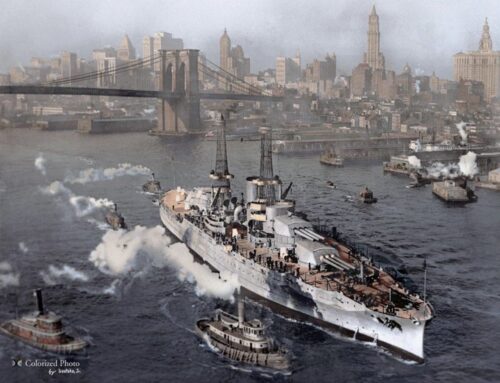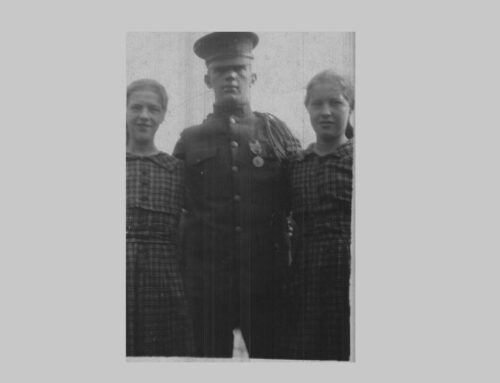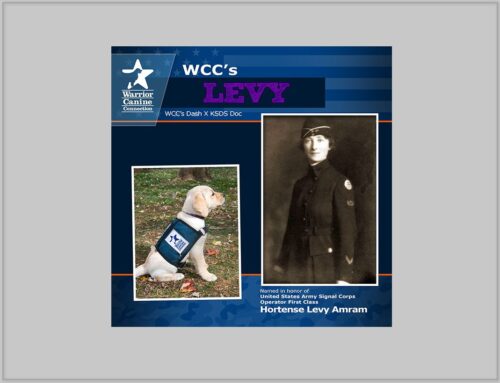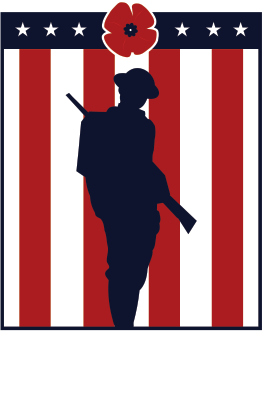Putting faces to their names: the search for photos of two African-American WWI soldiers
Published: 24 October 2025
By Jon Roark
Special to the Doughboy Foundation website
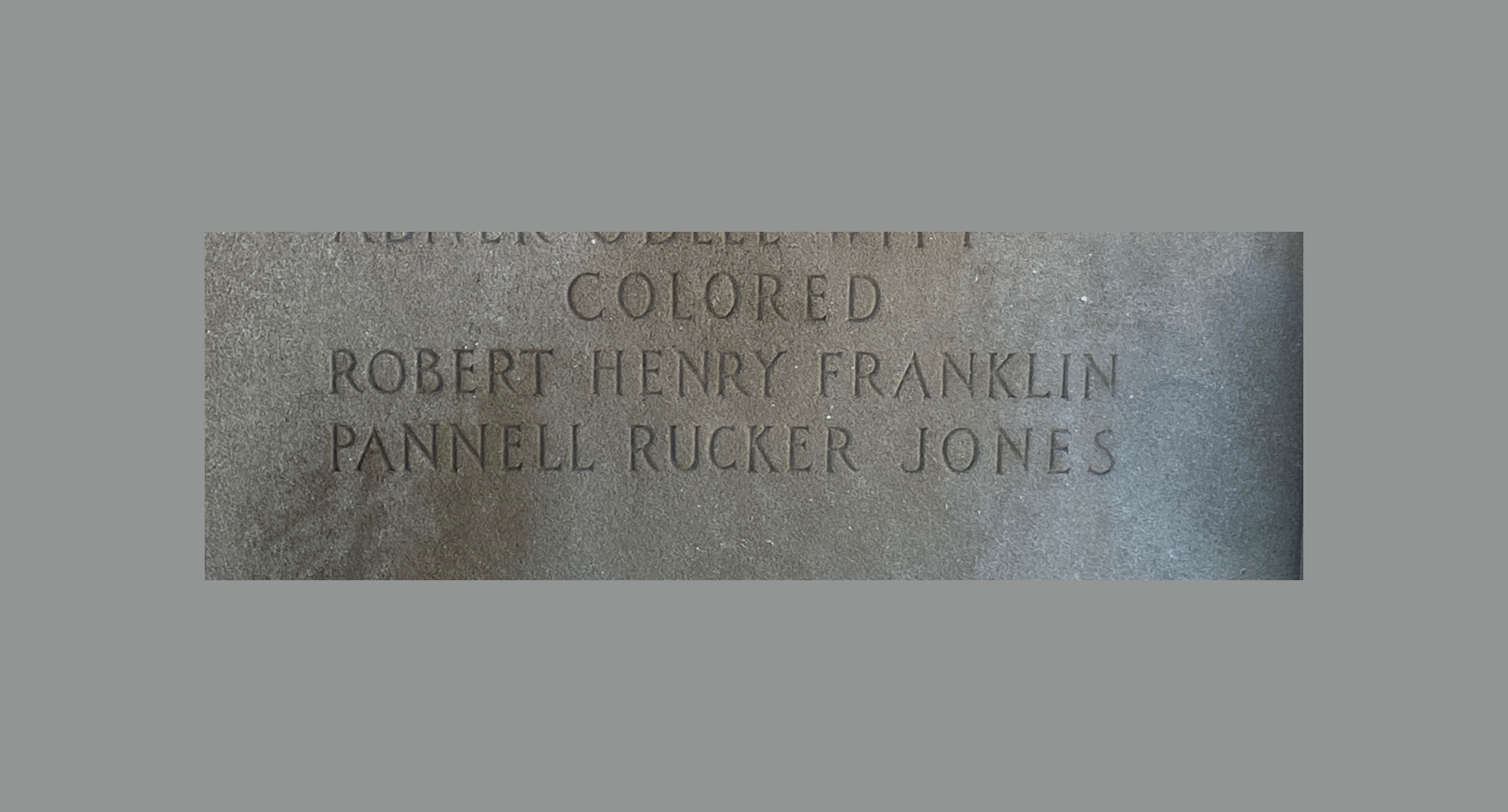
colored framed
I am an artist and retired high school art teacher in Lynchburg, Va. During my teaching career I tried to create a special project each year to teach skills and expose my public school students to some selective subject matter. We illustrated and published three children’s books, and participated in an international project called the Memory Project producing portraits of children living either in orphanages or in tent cities in the desert in Syria. As my students got better with their skills they hopefully also learned a bit of empathy and the value of emotional connections to their subjects. Every year my students received a video of their subjects receiving the portraits. They were thrilled at the reactions of the recipients.
After the 2017 riots in Charlottesville I decided to be a bit more homebound with the subject matter and we began a “memory project” based on the African-American citizens of Lynchburg. This was not some sort of “critical race theory” lesson. Our city can claim an amazingly accomplished African-American community and our high school is an inner city one. On one street in Lynchburg we find a Harlem Renaissance poet, a doctor who coached both Arthur Ashe and Althea Gibson, a black pilot whose conversation with Harry Truman led to the creation of the Tuskegee airmen and the desegregation of the US military, and we also boast an astronaut who flew to the ISS several times. These are not the only exceptional members of that society but just a small representative group.
In Lynchburg we have a monument called Monument Terrace which is dedicated to the lost in each of . . . America’s wars. The largest part of the monument is a WWI memorial with a list of the dead. The center of the monument has a sculpture called “The Listening Post” by Charles Keck, a sculptor who was recommended to local residents by then Senator Harry S. Truman. Being part of the South, our WWI deaths were listed in a segregated manner. The last two names on the list are Robert Henry Franklin and Pannell Rucker Jones only to be listed on the monument as “colored.” Every time I go by it, I find myself aggravated because these two men were called to serve and did so and didn’t make it back home, only to be listed on the monument under the title: colored. Again, this monument was built in the 1920’s in the Ssouth and I realize I’m observing Southern social standards at work.
I am writing this article because I’m hoping to find a photo (ID or otherwise) of these two men. In the only listing I’ve found both are listed as having died of disease and both died without descendants. “Died of disease” in the 1918-19 time frame probably refers to the Spanish Influenza epidemic that hit the Doughboys returning from Europe very hard.
My goal is to create a painting that gives faces to these two men who made the ultimate sacrifice.
I am attaching a photo of one of my paintings of an enslaved woman here in Lynchburg named Mary Brice. Her image is taken from a very rare daguerreotype (of an enslaved person) owned by the Library of Congress. Lynchburg during the 1860’s up until the 1920’s was one of the wealthiest cities in the world because of tobacco. So there were almost certainly a large number of photographers and daguerreotype makers who made their living off the relative wealth of the community. That probably explains why an enslaved person was photographed during that period.
I’m also attaching an image of my painting of two formerly enslaved people from Lynchburg named Richard Toler and Martha Edley. I called this painting “Emancipation Gothic” and borrowed the layout from Grant Wood’s “American Gothic.”
My hope is that by publishing this request we might find some ideas of places to contact or even at the least, open some dialogue about monuments similar to this one. This being the South, I have no doubt that these are not the only two names listed in this way. If you can assist in this search for the faces of the WWI veterans, please contact me at [email protected].
External Web Site Notice: This page contains information directly presented from an external source. The terms and conditions of this page may not be the same as those of this website. Click here to read the full disclaimer notice for external web sites. Thank you.
